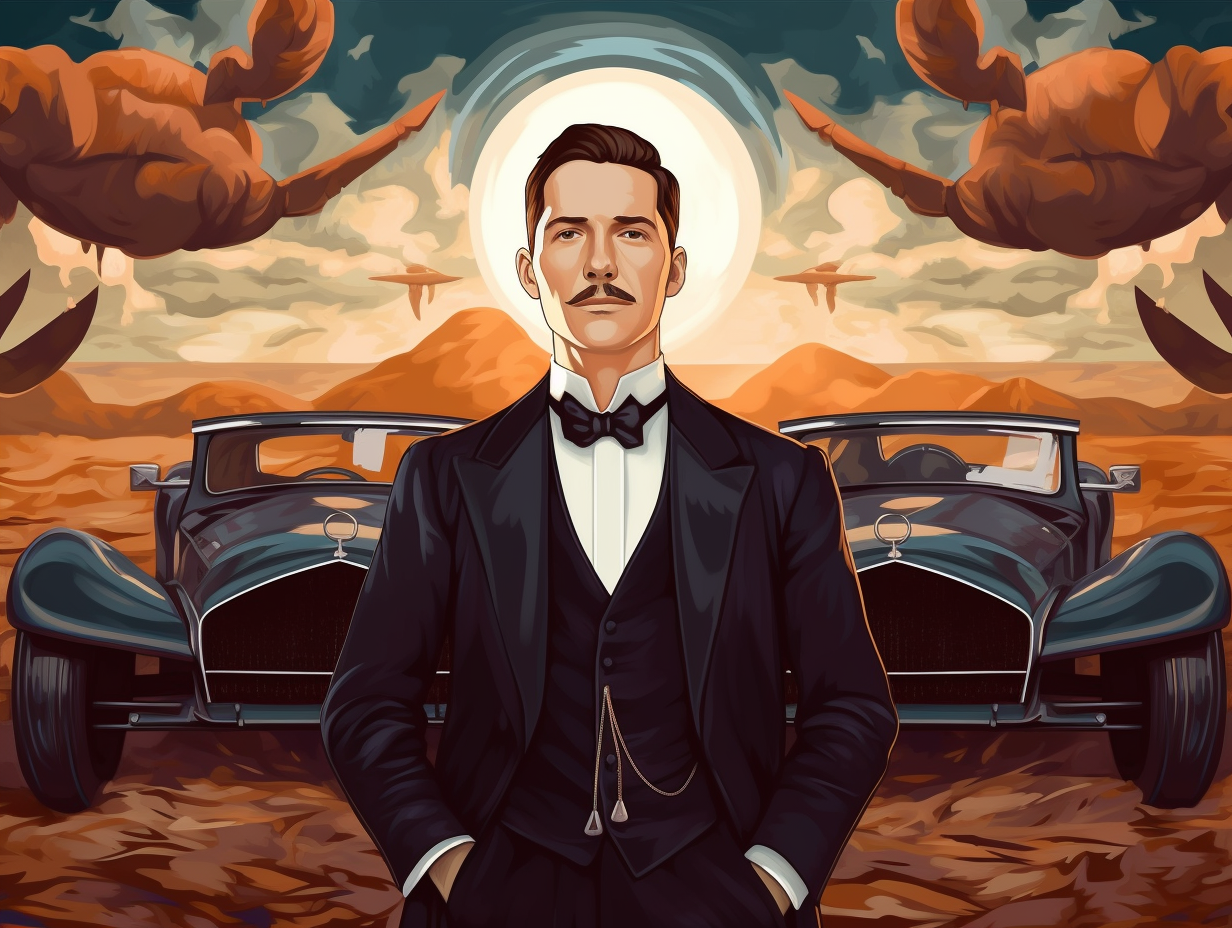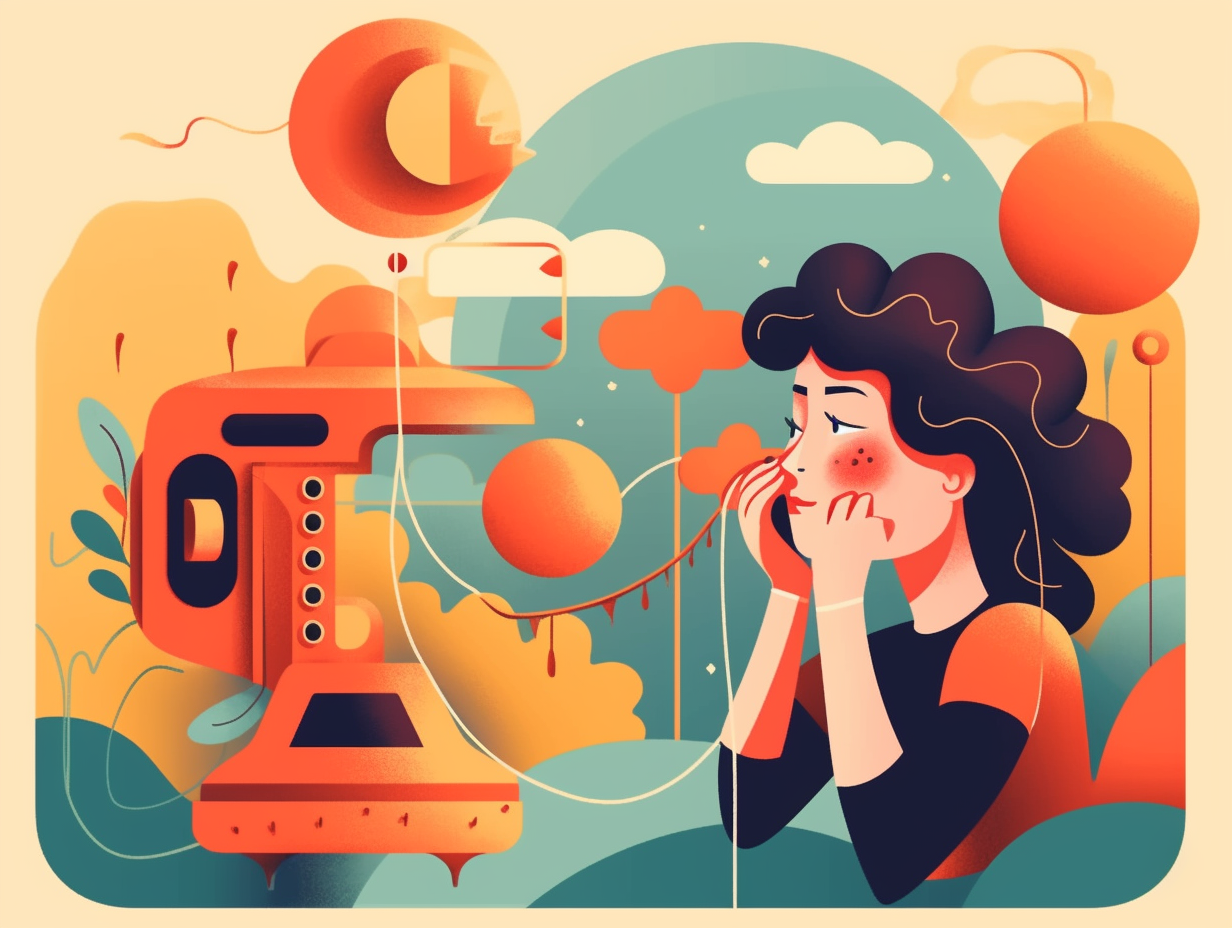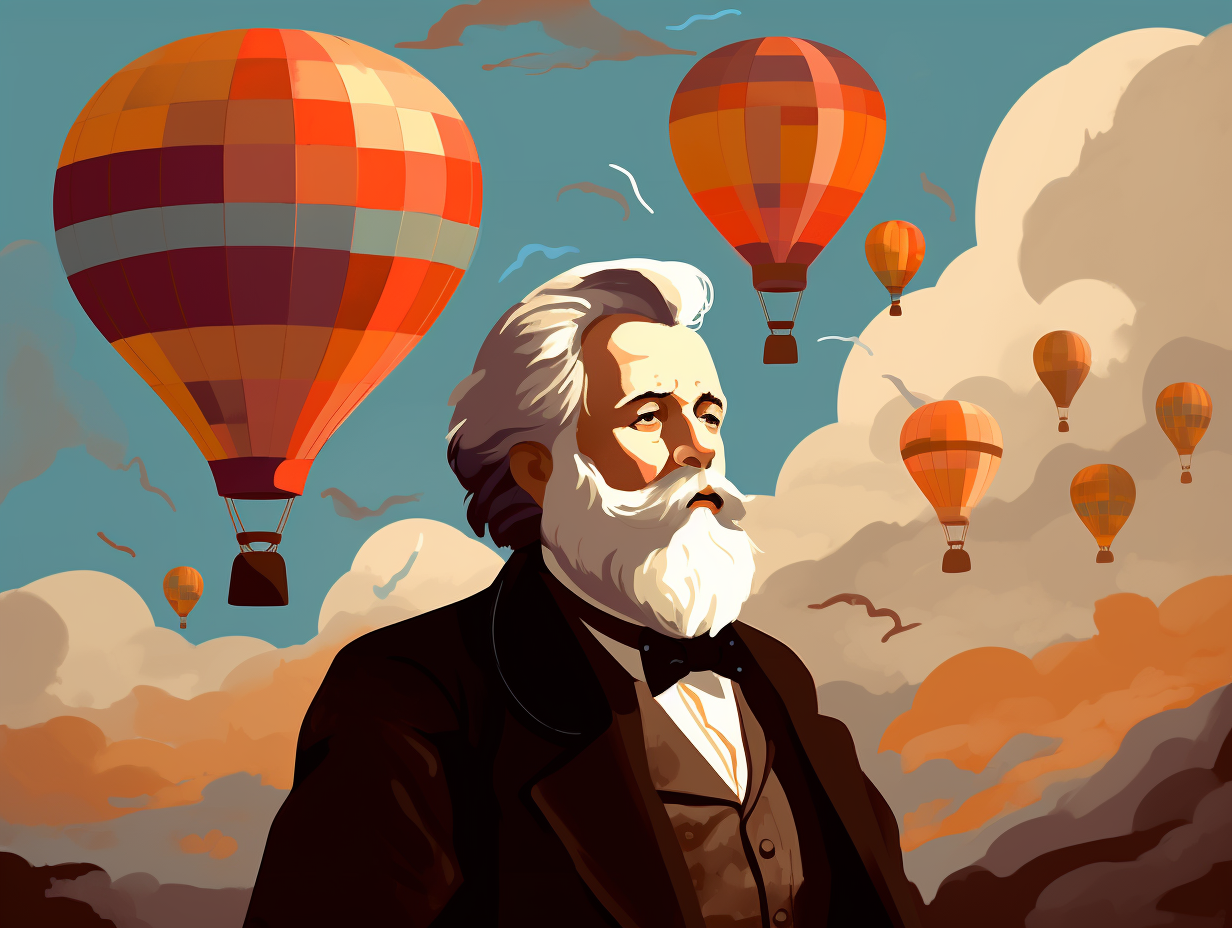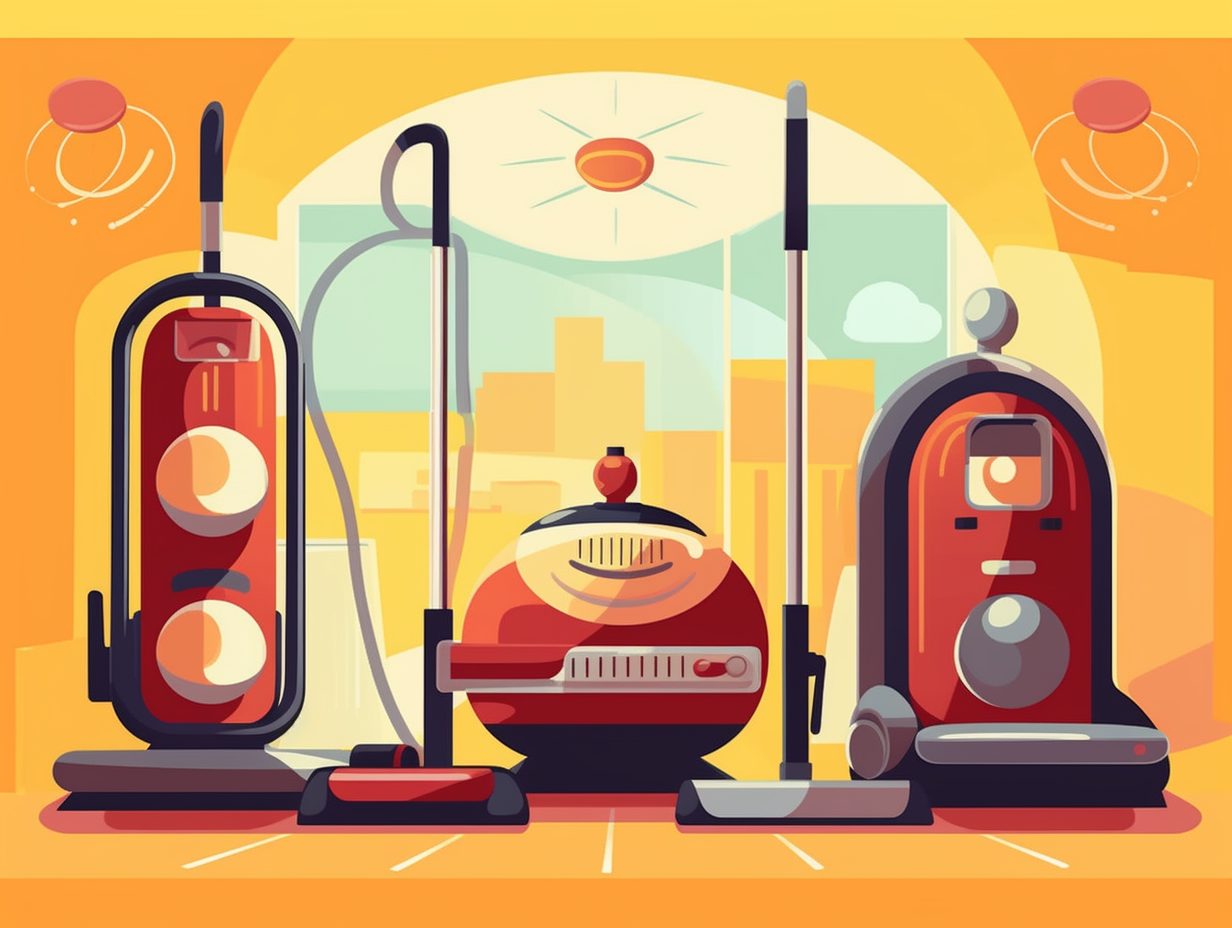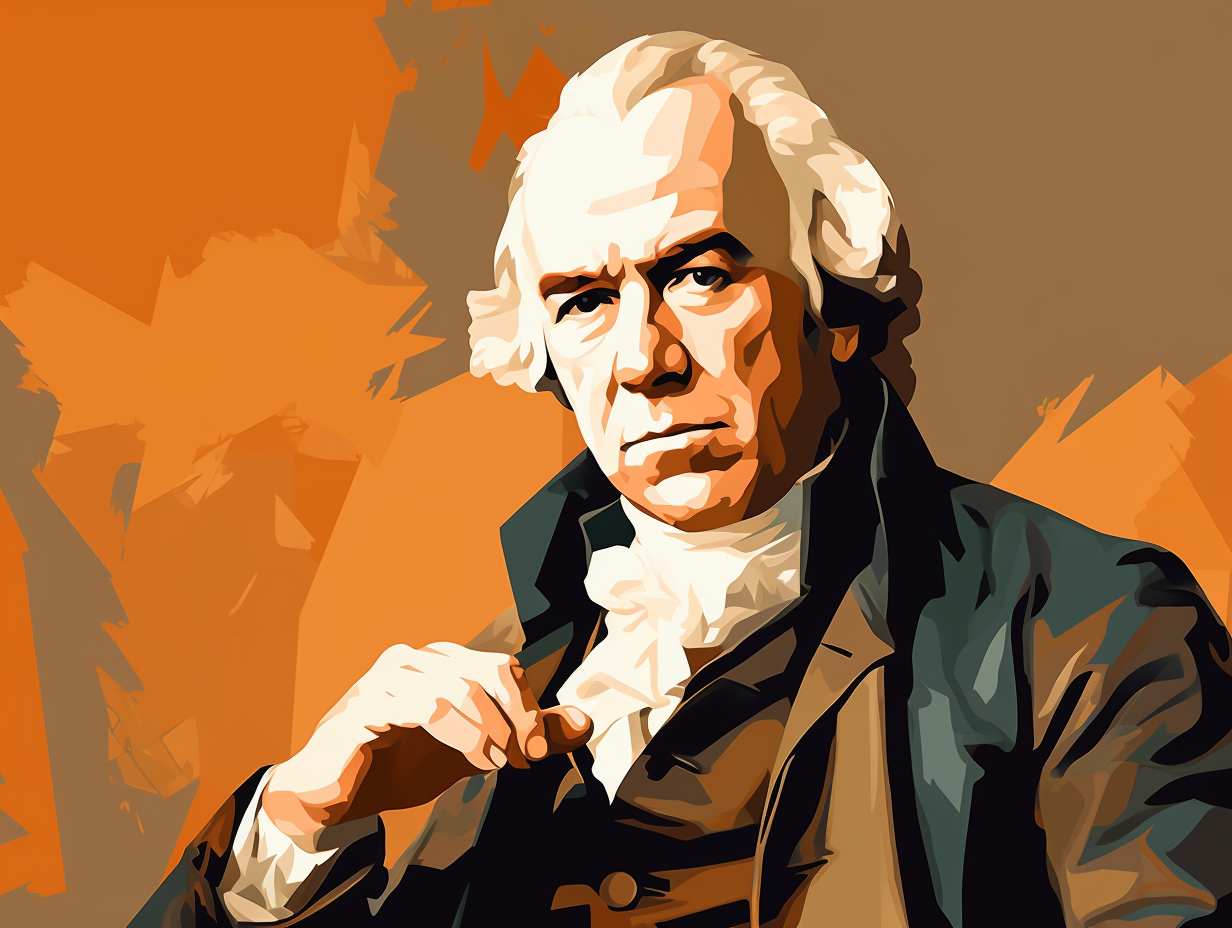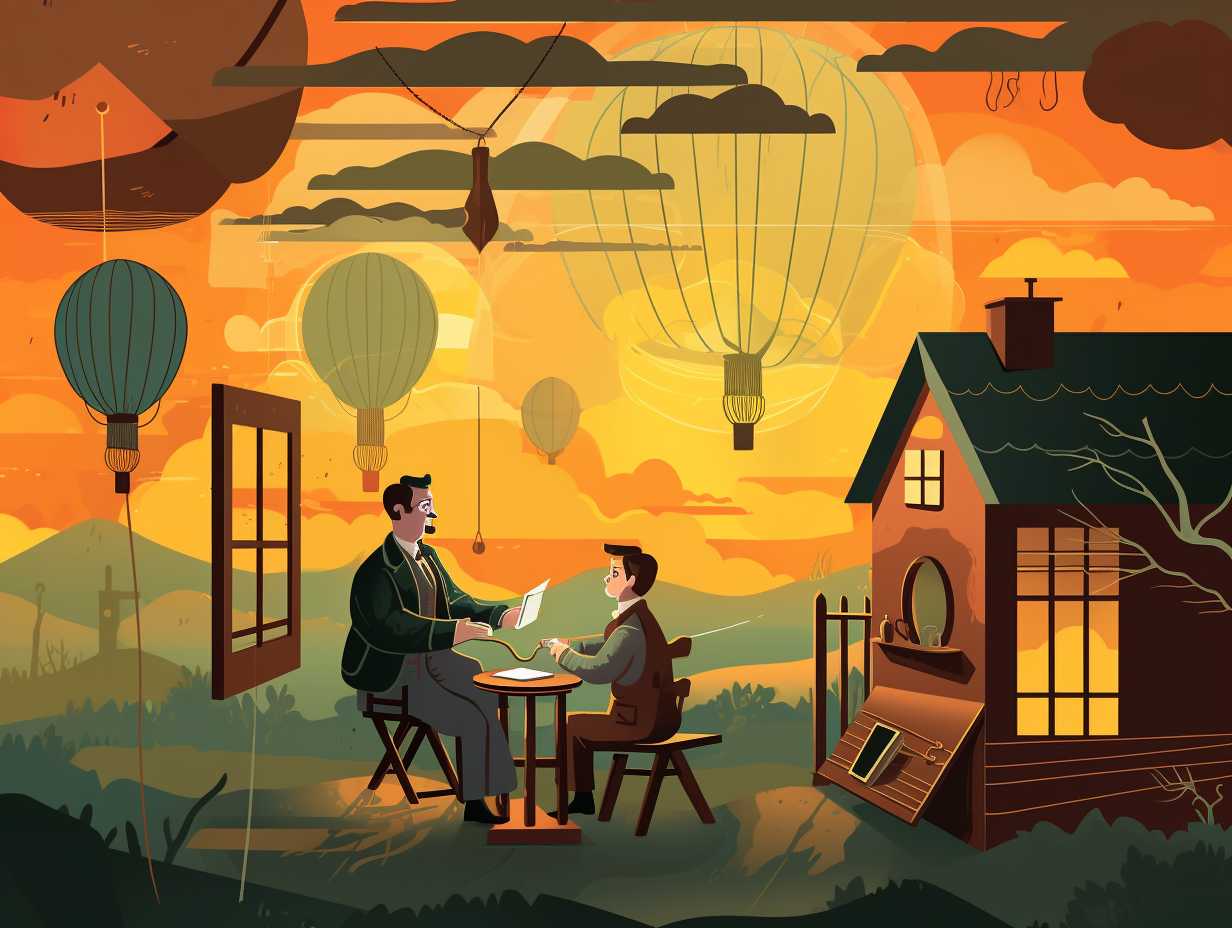Discover the Top 8 Fun Facts About Headphones That Will Blow Your Mind!
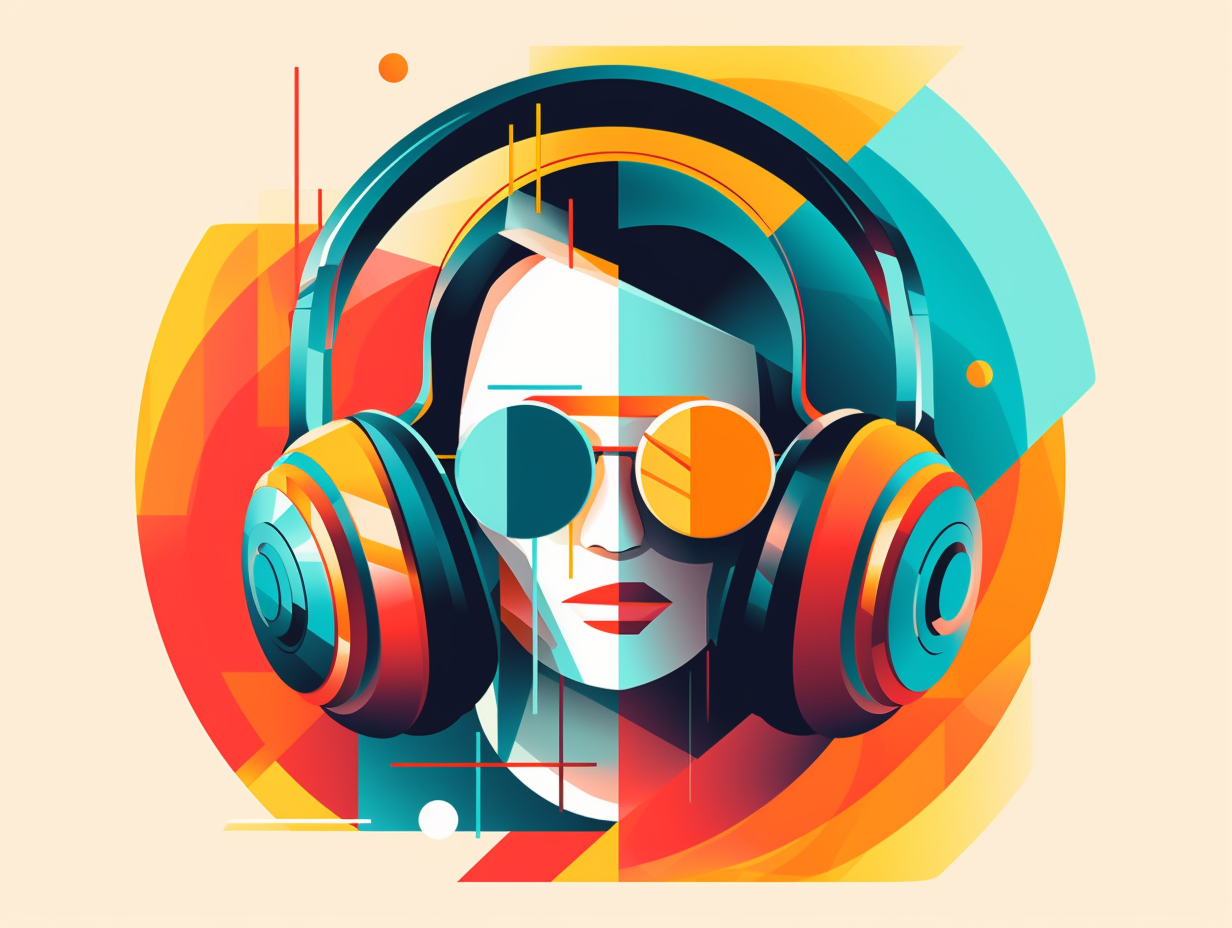
1. Headphones' Historical Evolution
Before you take that beat drop down memory lane, remember that your headphones have a saga of their own, with ingenious inventors cooking up a storm in their kitchens, German know-how, and a Japanese twist: Surprisingly, the first headphones had their roots in telephone operators in the 1880s, while Nathaniel Baldwin pioneered the modern amplified headphones in his home, Bayerdynamic ushered in the home listening era in 1937, John C. Koss birthed the stereo music headphones in 1958, and Sony's Walkman waved the flag for portable audio in 1979, paving the way for evolving into the stylish and noise-canceling experience we have today.
Source => inventedfor.com
2. Noise-Cancelling Crown Jewels
If silence is golden, then noise-cancelling headphones are the crown jewels of audio accessories: Lawrence Jerome Fogel, a brilliant scientist, first invented them to suppress cockpit cacophony for pilots, making it easier for our aerial heroes to communicate and concentrate during flights. Today, these sonic tiaras grace the ears of everyday music lovers, helping us all conquer clamor, and bask in our melodious kingdoms with minimal distractions.
Source => en.wikipedia.org

Did you know Edison's revolutionary sound device had an identity crisis before becoming the "talking machine" we know today? Discover its journey from nameless prodigy to groovy communicator!
=> Fun Facts about The-Phonograph
3. Baldwin's Divine Invention
When Nathaniel Baldwin had trouble hearing the word of God, heaven sent him a solution of his own creation: in 1910, Baldwin whipped up the first modern headphones in his kitchen, a contraption so divine that the US Navy later snatched them up, though poor investments and mail fraud transformed his golden cup into a tin can of bankruptcy.
Source => headphonesty.com
4. Sony Walkman: The Original Walking Jukebox
Before the iPod shuffled into our lives, the Sony Walkman spun a global web, turning us into walking jukeboxes: The 1979 phenomenon originally debuted only in Japan, and sported a different name in various countries— the "Sound-about" in the USA, "Freestyle" in Sweden, and "Stowaway" in the UK—before becoming the ultimate synonym for personal stereos, regardless of the brand.
Source => en.wikipedia.org
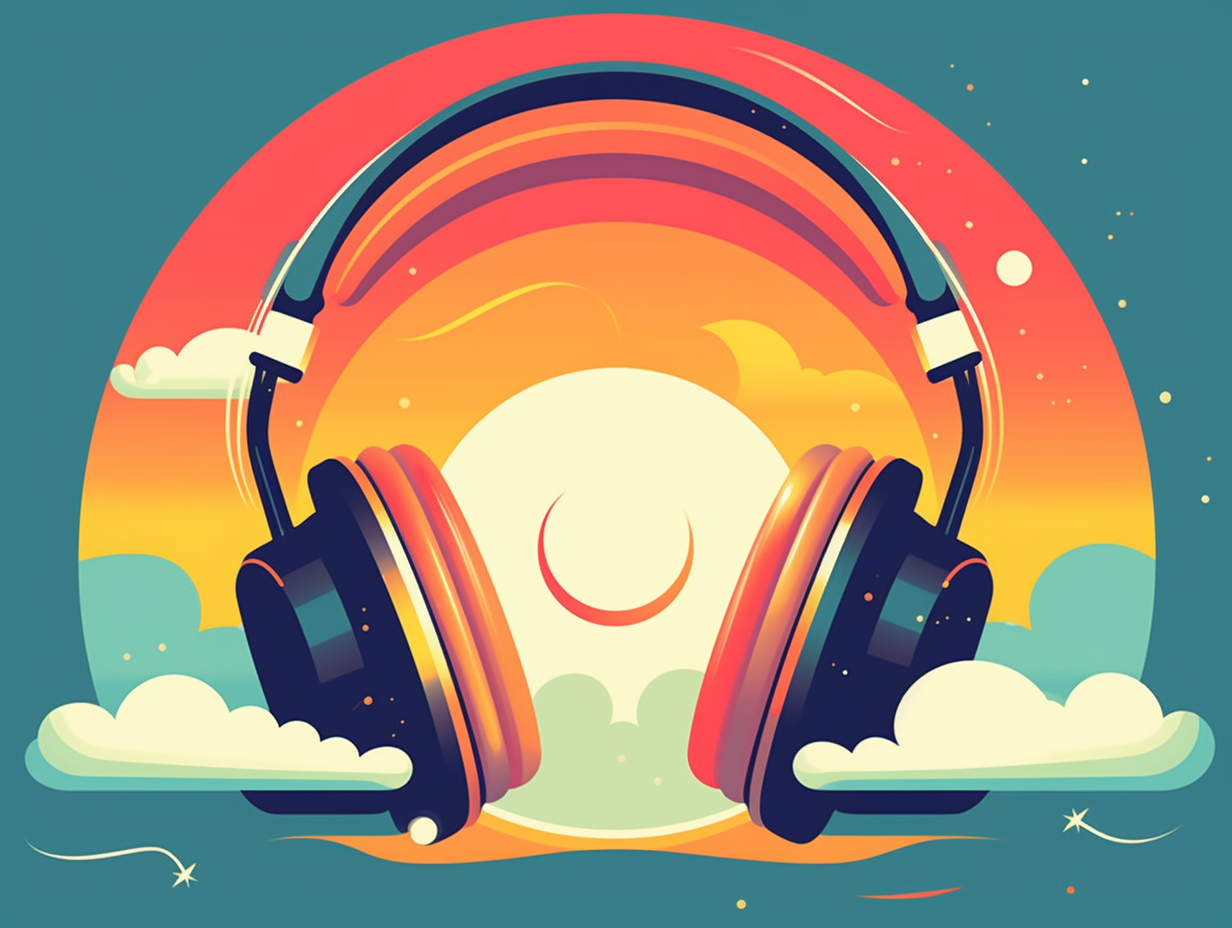
5. Beethoven's Bone Conduction Solution
When Beethoven isn't home, but you still need your jam: Bone Conduction headphones were actually created to assist those with hearing impairments and have since been adapted by the military for use in combat situations. These nifty devices transmit sound via skull vibrations rather than the ear canal, making them safer for both Beethoven fans and soldiers alike.
Source => techevaluate.com
6. Cinderella's Crystal Headphones
If Cinderella had a DJ gig to spin at, these would be her crystal slippers: Sennheiser's Orpheus headphones, costing a whopping $55,000, are made of luxurious materials like solid marble, platinum-coated diaphragms, and handmade leather ear pads. With no magnetic drivers, they emit sound via a static electric charge and boast eight digital-to-analog converters, a vacuum tube pre-amp, and a very exclusive production line of just 250 sets per year.
Source => theverge.com
7. Social Butterflies vs Studio Hermits
It's never a dull moment in the headphone world as we navigate between social butterflies and studio hermits: Closed-back headphones are favored for being less disruptive in public spaces due to their noise reduction capabilities, while open-back headphones take the spotlight amongst engineers as they provide a more natural sound, better soundstage, and no skewed low-end. Now, if only there were a way to get both kinds to mingle!
Source => producerhive.com
8. Noise-Cancelling: A Travel Buddy & Safety Measure
Next time you're on a plane, don't let your neighbor's humdrum stories or a symphony of snores disturb your peace; get a better translator instead—a pair of noise-cancelling headphones: According to a study in the journal Noise Health, non-native English speakers struggle with understanding speech in noisy environments like airplanes, but using noise-cancelling headphones improve their performance by enhancing the signal-to-noise ratio, making these nifty gadgets an essential travel buddy and safety measure in aviation.
Source => pubmed.ncbi.nlm.nih.gov
Related Fun Facts

